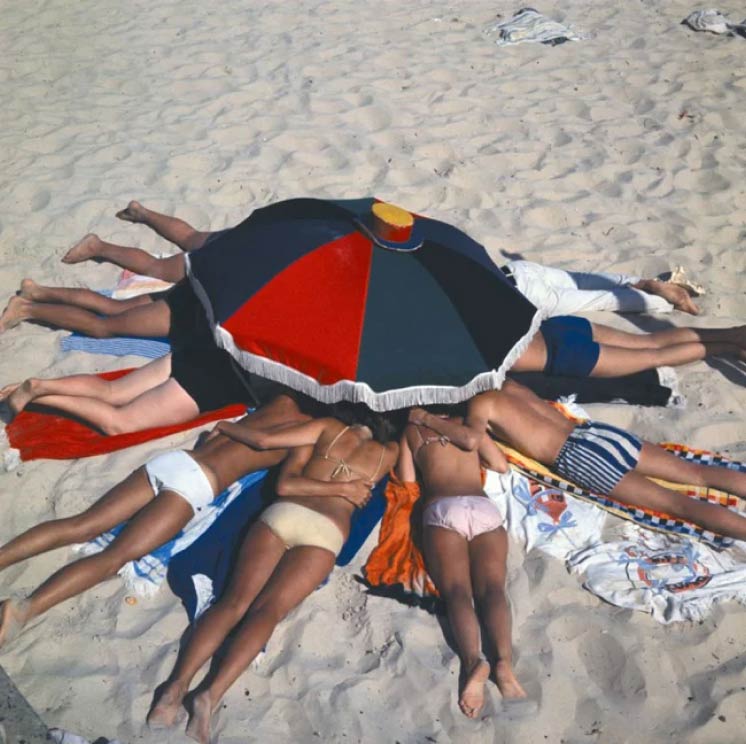
Melbournians have been enjoying a dip at Edithvale since the early 1900’s. Historically a pure white sand beach, the charming spot offered calm waters, good fishing and camping grounds.
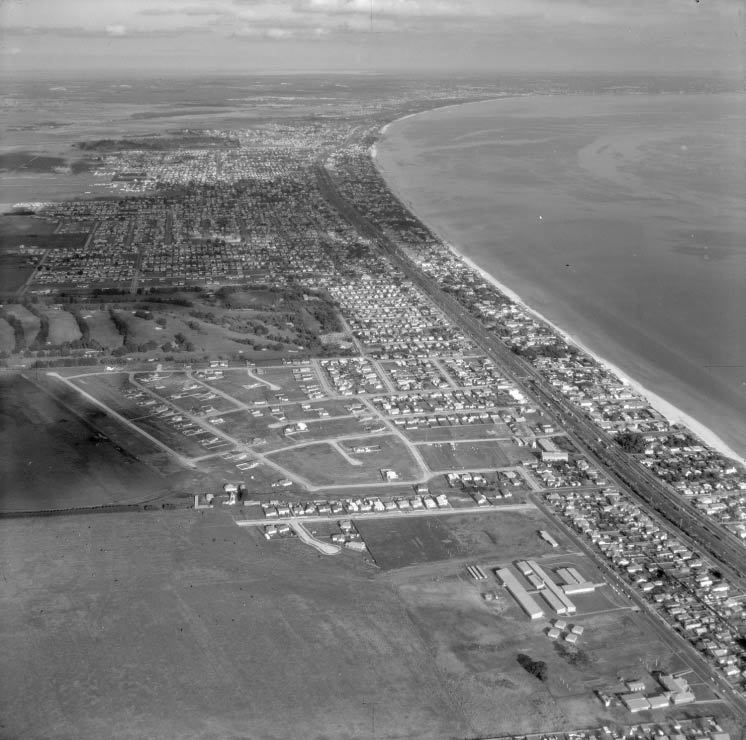
In the early 20th century, Edithvale - at that time part of Aspendale - was more of a resort town used by holiday makers and daytrippers. Over 50% of the dwellings were holiday homes. A train station on the Frankston Line connecting Edithvale to Melbourne was constructed in 1920. This opened up opportunities for the township to grow, as families saw the appeal of a seaside residence in a spectacular natural location that was connected to the city.
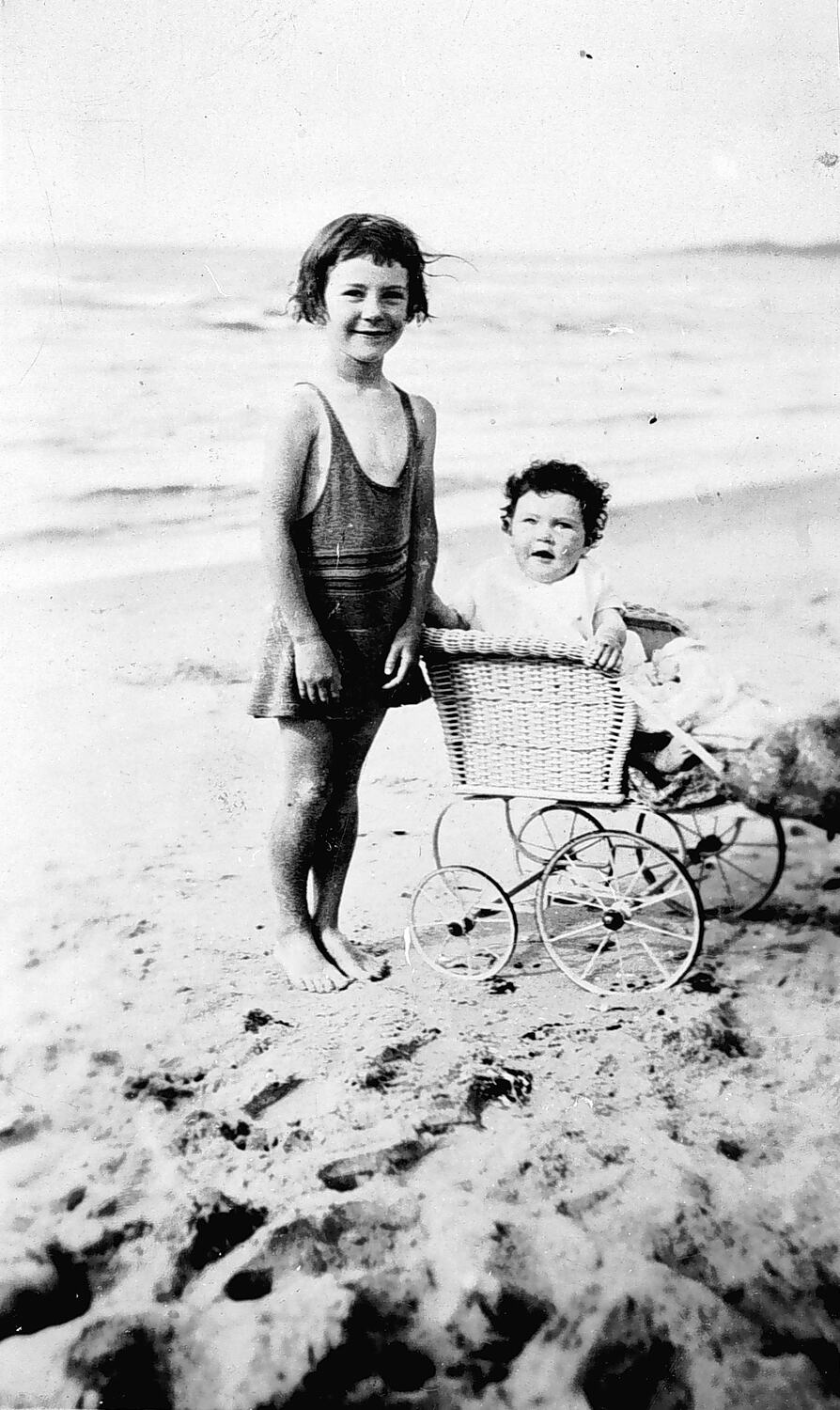
By mid-century, the suburb was home to a thriving surf life saving community. There was a boat club, several banks and shops in the main street, a primary school and a fire brigade.

Have the best of both worlds - the value and convenience of a townhouse, with the backyard of a traditional home.
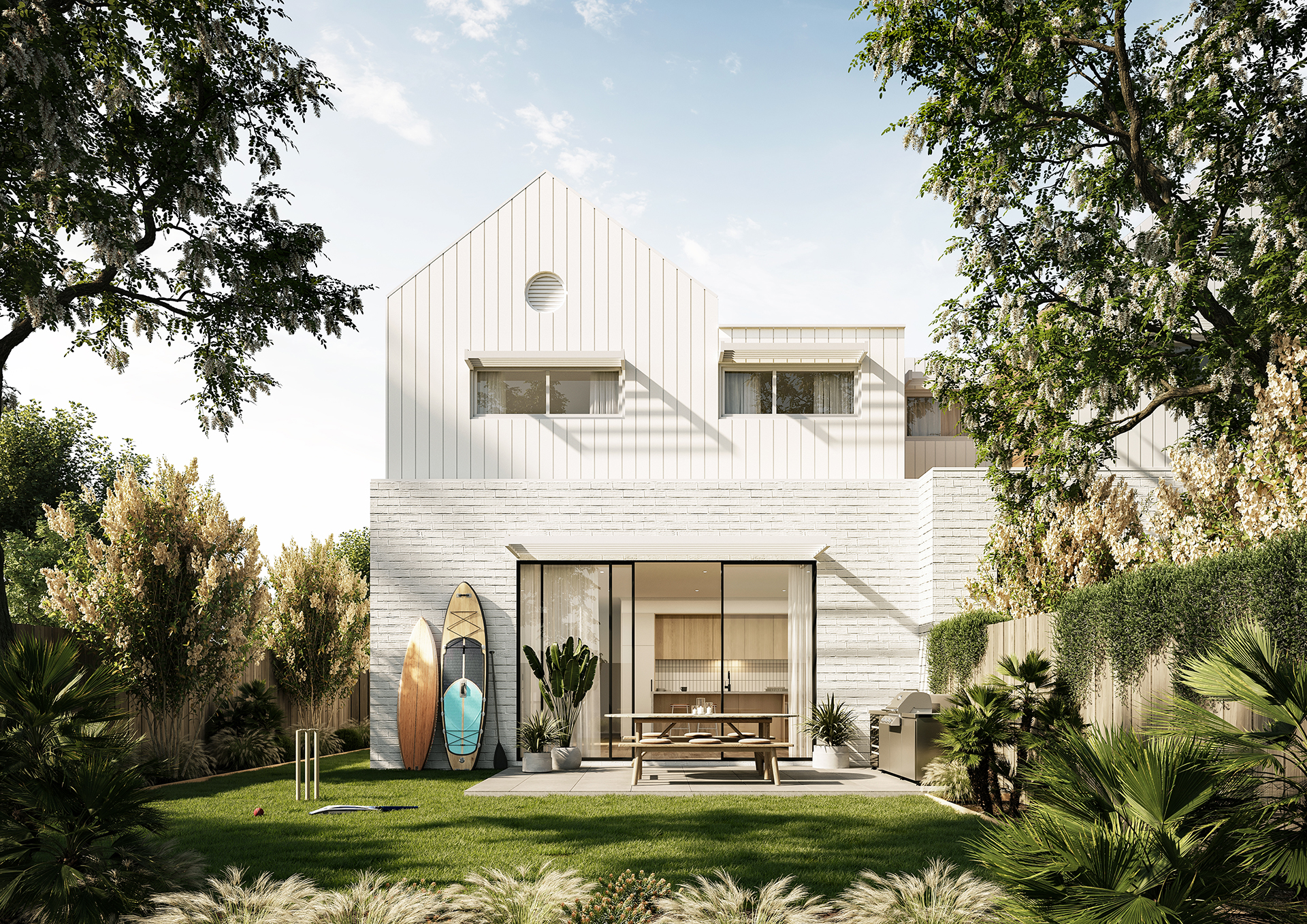
Robust materials provide protection from coastal elements and reduce the need for ongoing maintenance, while strategically positioned windows frame sightlines to the landscape. Forms echo the shapes of the seaside - like white sails against a bright blue summer sky.
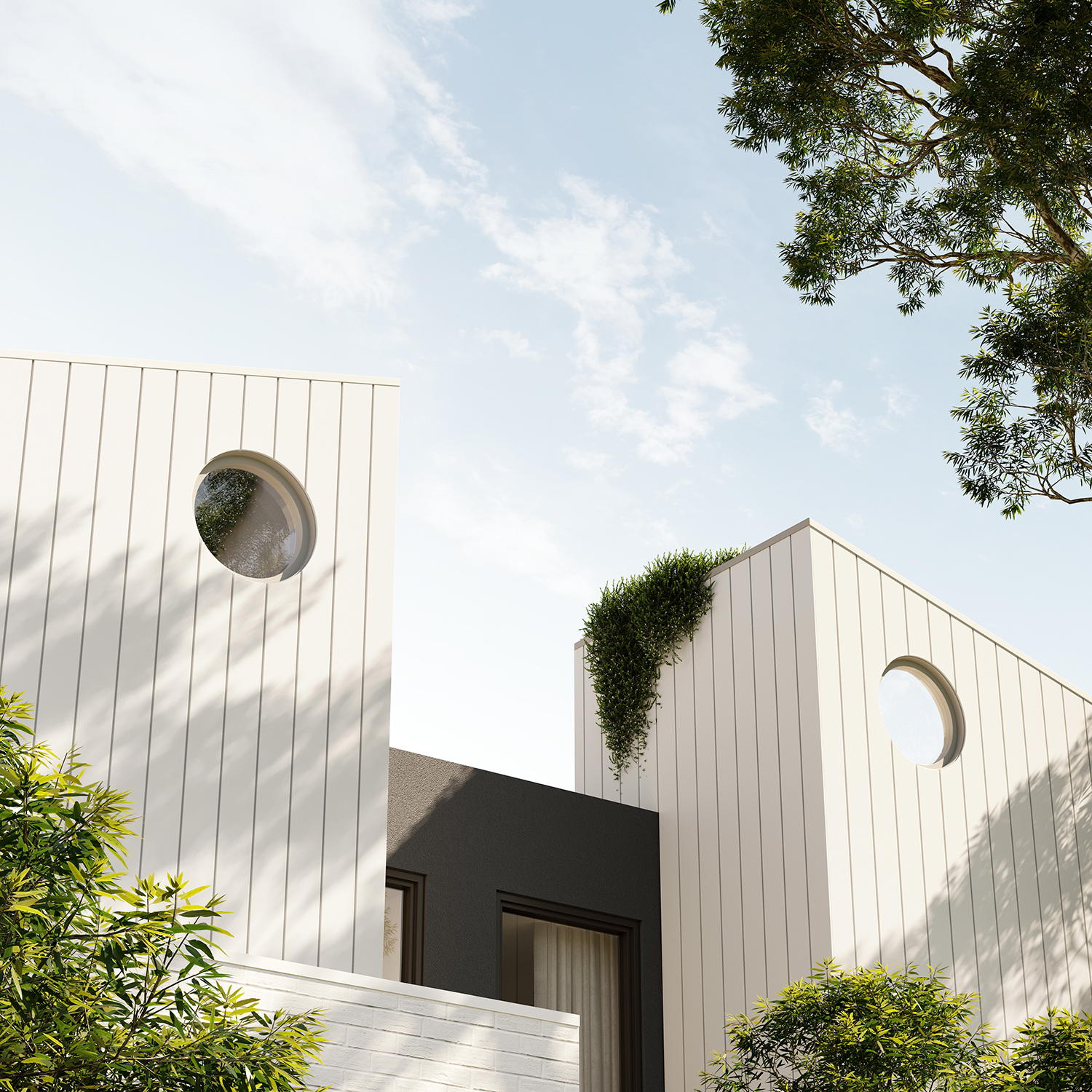
Inbuilt bench seating at front doors provide a convenient spot to take off sandy shoes, rest a bag or simply enjoy a cup of tea and watch the kids play. They also encourage incidental interactions between neighbours.